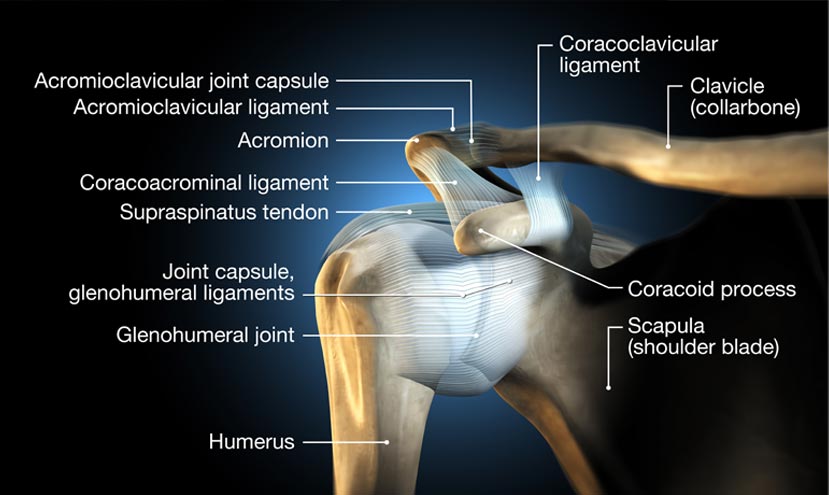6 January 2025
Fatema Ebrahim, PhysiotherapistA SLAP (Superior Labrum Anterior and Posterior) injury involves damage to the labrum, a ring of cartilage that surrounds the socket of the shoulder joint. This type of injury can be particularly challenging for athletes and fitness enthusiasts, as it affects shoulder stability and range of motion. If you have a SLAP injury, you might be wondering whether you can continue training. The answer depends on the severity of your injury and the type of activities you plan to engage in.
Understanding the SLAP Injury
A SLAP tear can occur due to acute trauma, such as a fall or direct blow to the shoulder, or from repetitive shoulder motions common in sports like baseball, tennis, and weightlifting. Symptoms typically include pain with shoulder movement, a feeling of instability, and a clicking or popping sound in the shoulder.
Initial Management
In the acute phase of a SLAP injury, rest is crucial to allow the inflamed tissues to heal. Continuing to train through the pain can exacerbate the injury and prolong recovery. The R.I.C.E. method (Rest, Ice, Compression, Elevation) is often recommended immediately following the injury to reduce pain and swelling.
Modifying Your Training
After the initial rest period, it may be possible to resume training with modifications, but only under the guidance of a healthcare professional or physical therapist. Some general guidelines:
 A Superior Labrum Anterior and Posterior tear can cause considerable pain in the shoulder
A Superior Labrum Anterior and Posterior tear can cause considerable pain in the shoulder
When to seek surgical intervention
In cases where conservative treatment does not alleviate symptoms, or if there is significant shoulder instability, surgical intervention may be necessary. Arthroscopic surgery can repair the torn labrum and restore shoulder function. Post-surgery, a structured rehabilitation program will be essential for a full recovery.
In conclusion, always prioritize rest and rehabilitation to ensure a safe return to your fitness routine. Consulting with healthcare professionals will provide personalized guidance and help you navigate the recovery process effectively.